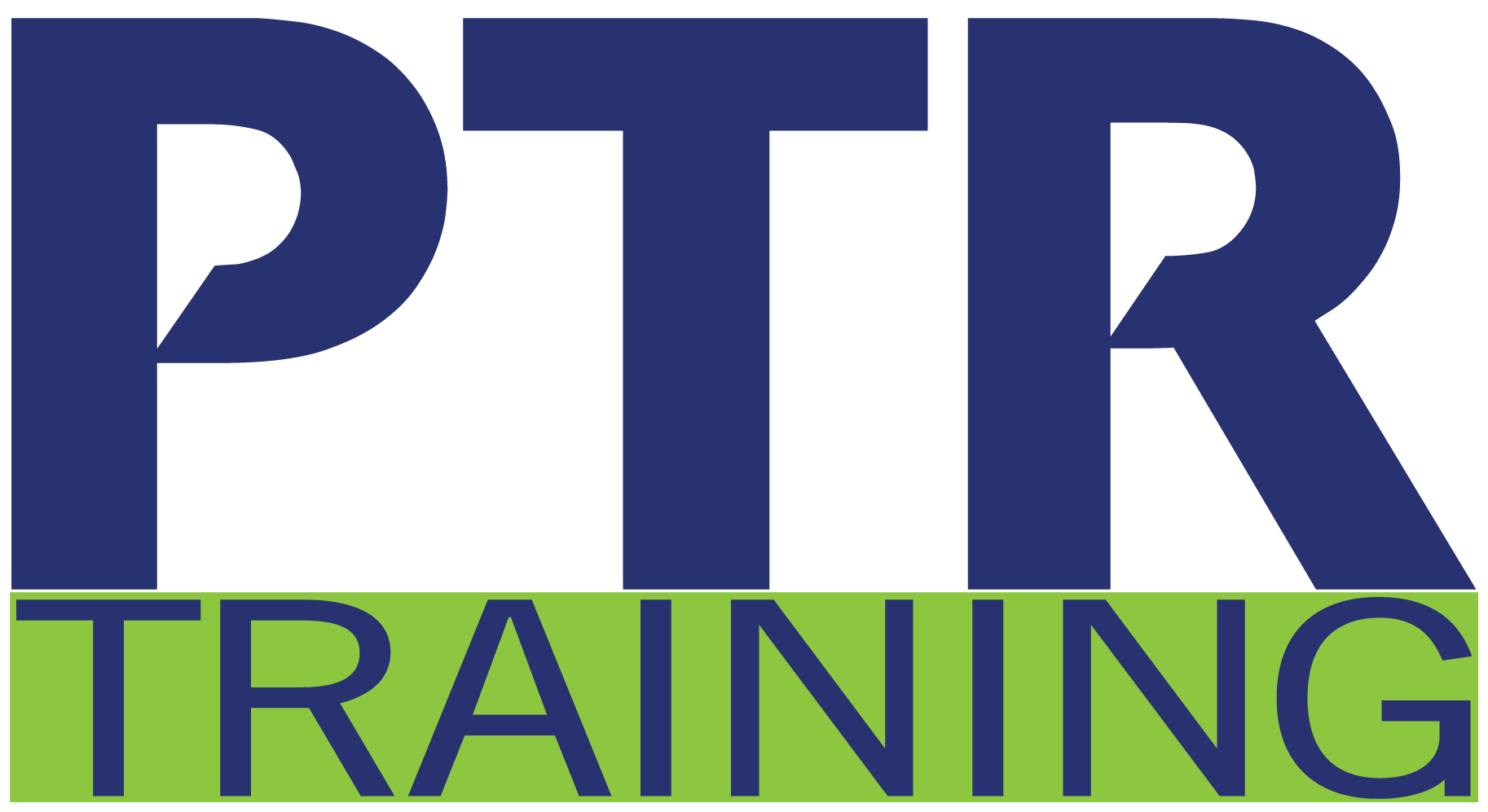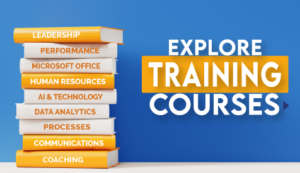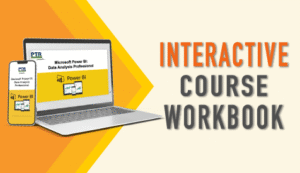Microsoft Power BI was built to connect to a wide range of data sources. It lets users quickly visualize connected data to gain insights, show trends, and create reports. Power BI's data connection capabilities and visualization features go far beyond those in spreadsheets. In this 2-day course, you will learn to create compelling and interactive worksheets, dashboards, and stories that bring data to life and turn data into thoughtful action.
Learning Objectives »
- Analyze data and create reports with Power BI.
- Connect to data.
- Clean, transform, and load data.
- Visualize data with Power BI.
- Enhance visuals to support data analysis.
- Customize and filter reports.
- Sharing reports and creating Power BI dashboards.
Course Agenda
Analyzing Data & Reporting
- Data Analysis and Visualization for BI
- Interact with Reports in Power BI
Connecting to Data
- How to Create Data Connections
- Configure and Manage Relationships
- Saving Files in Power BI
Cleaning, Transforming, & Loading Data
- Loading, Cleaning, and Shaping the Data
- Profile Data with the Query Editor
- Shape Data with the Query Editor
- Transform Data with the Query Editor
Visualizing Data with Power BI
- Creating Visualizations in Power BI
- Selecting Visualization Types
Enhancing Visuals for Data Analysis
- How to Customize Visuals and Pages
- Incorporating Tooltips into Visualizations
Customizing & Filtering Reports
- Creating Data Hierarchies
- How to Filter Reports
- Configure Slicers for Interactive Filtering
Sharing Reports & Creating Dashboards
- How to Publish and Explore Reports
- Create Dashboards
- Adding Q&A to Power BI Dashboards





